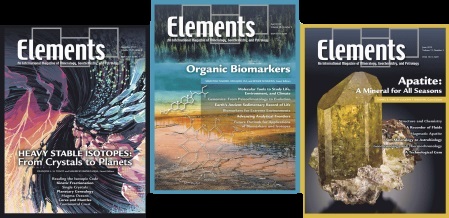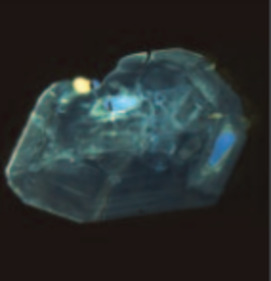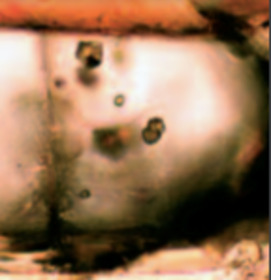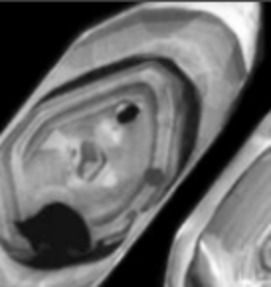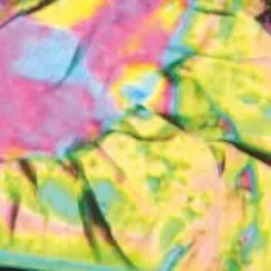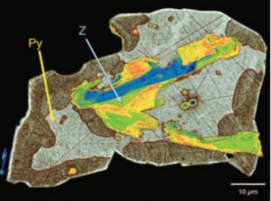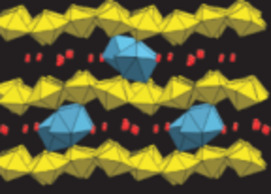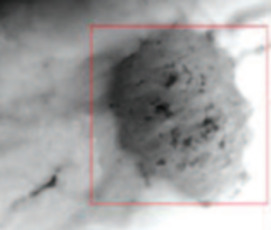Re-equilibration of Zircon in Aqueous Fluids and Melts
Natural zircon crystals often show complex secondary textures that cut across primary growth zones. In zircon showing structural damage caused by self-irradiation, such textures are the result of a diffusion– reaction process in which a hydrous species diffuses inwards and “catalyzes” structural recovery. Nanoscale pores develop, solvent elements such as Ca, Al and Fe are gained, and radiogenic Pb is lost. In both aqueous fluids and melts, replacement of zircon with undamaged structure by a coupled dissolution– reprecipitation process can produce similar textures. The reacted domains usually have lower trace element contents and may contain micrometer-sized pores and inclusions of uranium, thorium and/or yttrium phases, originally in solid solution. Both processes have considerable implications for zircon geochronology.
Re-equilibration of Zircon in Aqueous Fluids and Melts Read More »

